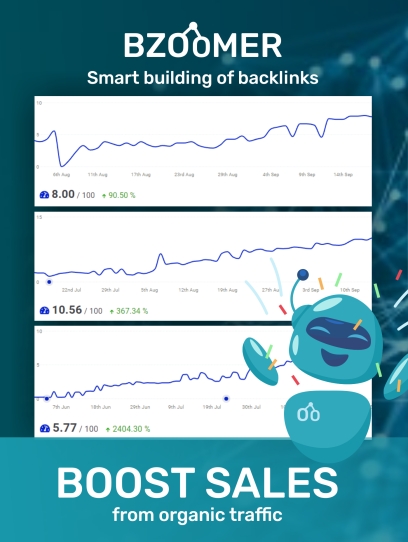In the ever-evolving landscape of environmental monitoring, temperature data loggers have emerged as unsung heroes, rewriting the way we perceive and understand our surroundings. Beyond their role in merely recording temperatures, these unassuming devices have a rich history that spans centuries, intertwining science, technology, and innovation. From their humble beginnings to the present day, let's embark on a journey through time to uncover the fascinating evolution of temperature data loggers.
Ancient Foundations: The Birth of Temperature Observation
Our fascination with temperature dates back to ancient civilizations. The Greeks were among the first to record temperature observations, using simple tools like the thermoscope in the 2nd century BC. However, it was Galileo Galilei who refined this concept in the late 16th century with his invention of the rudimentary thermoscope, a precursor to the modern thermometer. These early endeavors set the stage for the systematic measurement of temperature, paving the way for the sophisticated data loggers we rely on today.
Revolutionary Insights: The 18th and 19th Centuries
The 18th century brought significant advancements, as scientists like Daniel Gabriel Fahrenheit and Anders Celsius introduced standardized temperature scales. Fahrenheit's mercury-in-glass thermometer, introduced in 1714, was a major leap forward. It wasn't until the 19th century, with the work of Lord Kelvin, that absolute temperature scales came into play. Kelvin's groundbreaking work laid the foundation for accurate temperature measurement, setting the stage for the data loggers we use today to make sense of environmental changes.
Birth of the Digital Age: Rise of Temperature Data Loggers
The mid-20th century marked a turning point with the advent of digital technology. The first electronic temperature data loggers emerged, capable of recording and storing temperature readings over time. These early devices were bulky and had limited capabilities compared to today's sophisticated loggers, but they marked a significant shift from manual record-keeping.
Modern Marvels: The Power of Precision
Fast forward to the present, and we find ourselves in an era where temperature data loggers are compact, intelligent, and capable of much more than just recording temperatures. These modern marvels are equipped with sensors that can detect even the slightest fluctuations, wirelessly transmit data in real-time, and are designed to withstand the harshest of environments. Industries ranging from healthcare to agriculture, logistics to research, rely on these devices to gather data that transcends mere numbers.
Unlocking Environmental Insights: A New Era
As we stand at the threshold of the future, temperature data loggers continue to redefine environmental insights. The ability to collect, analyze, and interpret temperature data has transcended its origins, empowering us to make informed decisions that impact everything from global climate studies to the quality of perishable goods during transportation.
In a world where environmental fluctuations hold the key to understanding larger patterns, temperature data loggers have emerged as vital tools. Beyond the numbers they generate lies a tapestry of history and innovation, a testament to human curiosity and the relentless pursuit of precision. As we navigate an increasingly complex world, these unassuming devices remind us that sometimes, the most profound insights lie just beyond the surface – waiting to be discovered, waiting to reshape our understanding of the environment around us.



